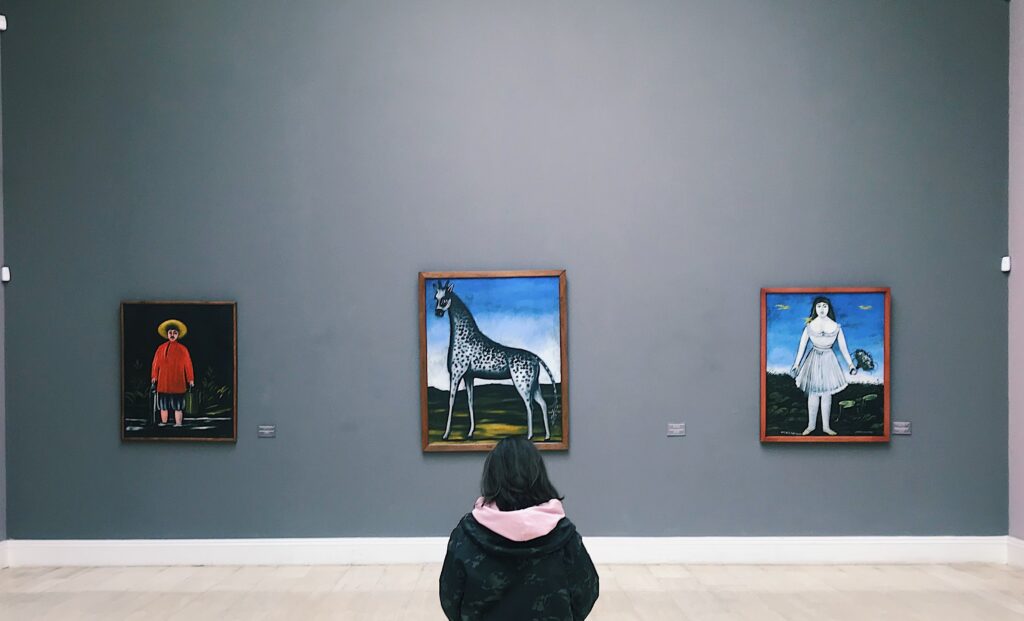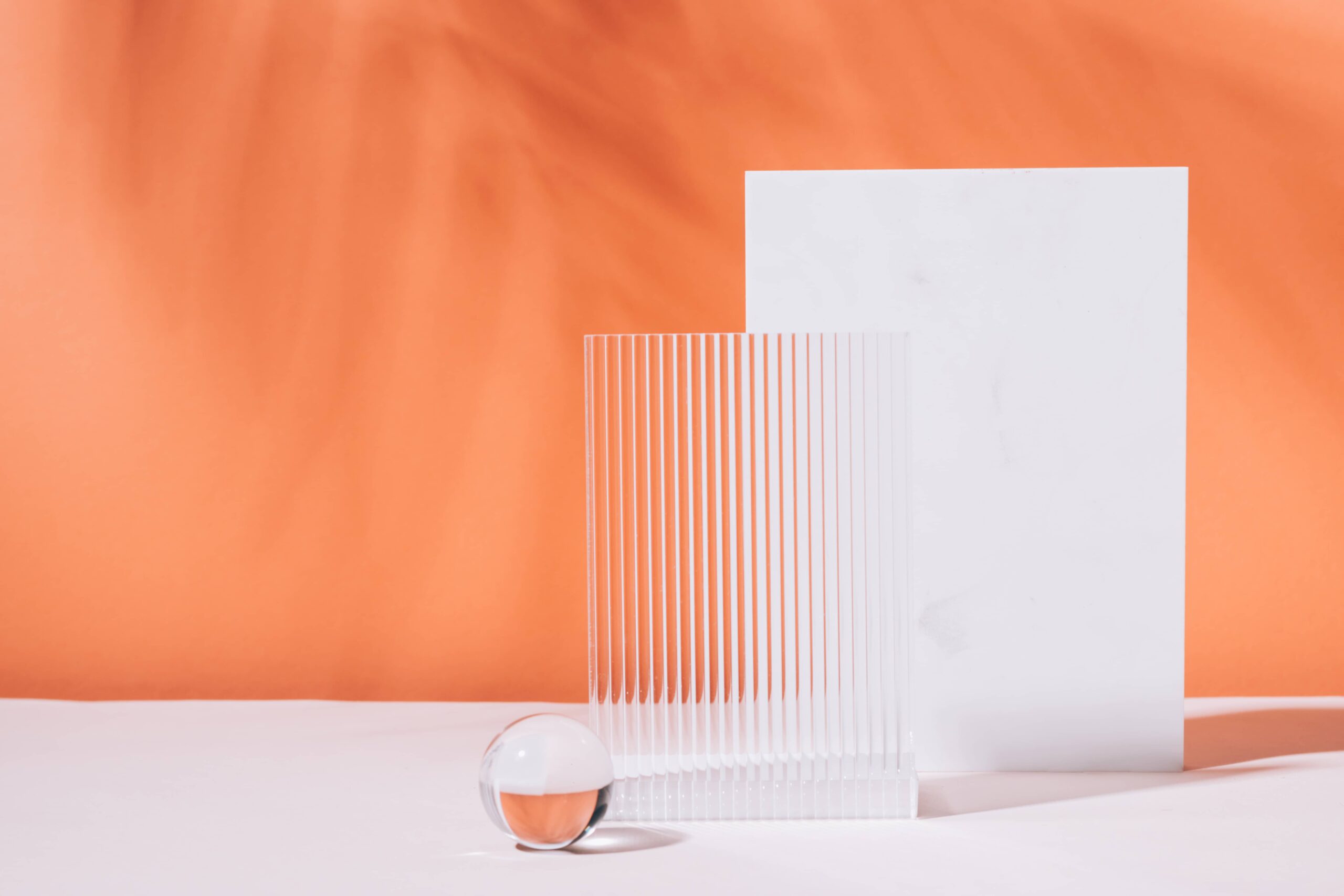
Art, for centuries, has been the muse of the rich, not merely for its aesthetic allure but also as a robust investment vehicle. Traditionally, ownership of prominent artworks remained with the affluent, given the significant capital required. But now, a novel approach to art collecting and investing has emerged, known as fractional ownership, and it’s revolutionizing the landscape of art investment.
The Conventional Gallery: Full Ownership’s Gilded Cage
In the classic art market, to invest meant to buy. Discover the future of art investing with angelo – where passion meets profit. Acquiring a piece of art was a significant commitment, both emotionally and financially. Such pieces would often be tucked away in private collections, away from public eyes, or, if displayed, would be tagged with the prominent “Not for Sale” sign. This system inherently excluded many art enthusiasts who lacked the financial wherewithal from investing in high-value artworks.
Breaking Art into Pieces: Understanding Fractional Ownership
A Share of the Masterpiece
Fractional ownership, in essence, democratizes art investment. Instead of one investor owning a single artwork, multiple investors can own ‘shares’ or ‘fractions’ of it. Think of it as purchasing stocks in a company, but in this case, the company is a Monet or a Basquiat. This model makes pricier artworks accessible to a broader audience, allowing many to have a stake in a piece they admire.
The Perks of Piecemeal: Advantages of Fractional Ownership
1. Democratized Investment Landscape
No longer is art investment a club for the elite. With lower entry barriers, many can now invest in artwork that they believe will appreciate over time, without shouldering the entire cost.
2. Diversified Portfolios
Fractional ownership allows investors to diversify their art portfolios with ease. Instead of investing a significant amount in one piece, they can spread their capital across various artworks, hedging against potential market downturns.
3. Enhanced Liquidity
Traditionally, selling an artwork could be a prolonged process, often spanning months or even years. However, with fractionalized art, selling one’s stake can be quicker, especially if a digital platform supports the trading of these shares.
Brushstrokes of Concern: Challenges in Fractional Ownership
1. Emotional Disconnect
One of the joys of owning art is the emotional connection to the piece. With fractional ownership, since the artwork might be stored away or displayed elsewhere, this personal connection could diminish.
2. Dependence on Platform Integrity
For fractional ownership to function smoothly, especially in the digital space, the platform managing these shares must be trustworthy and transparent. Any discrepancies could jeopardize the investment.
The Digital Integration: Blockchain’s Role
Blockchain technology, with its promise of transparency and security, fits seamlessly into the fractional ownership model. By tokenizing art, each piece can be divided into digital shares that can be traded on secure platforms. Additionally, blockchain’s immutable ledger ensures the authenticity and provenance of the artwork, enhancing investor confidence.
Fractional ownership, bolstered by blockchain’s capabilities, is undoubtedly making waves in the art investment world. While challenges exist, the potential benefits—democratization, diversification, and liquidity—could very well paint the future of art collecting and investing. As with any evolving market, adaptability and innovation will dictate the journey ahead. But for now, the art world is abuzz with excitement, and it’s a thrilling chapter to witness.



